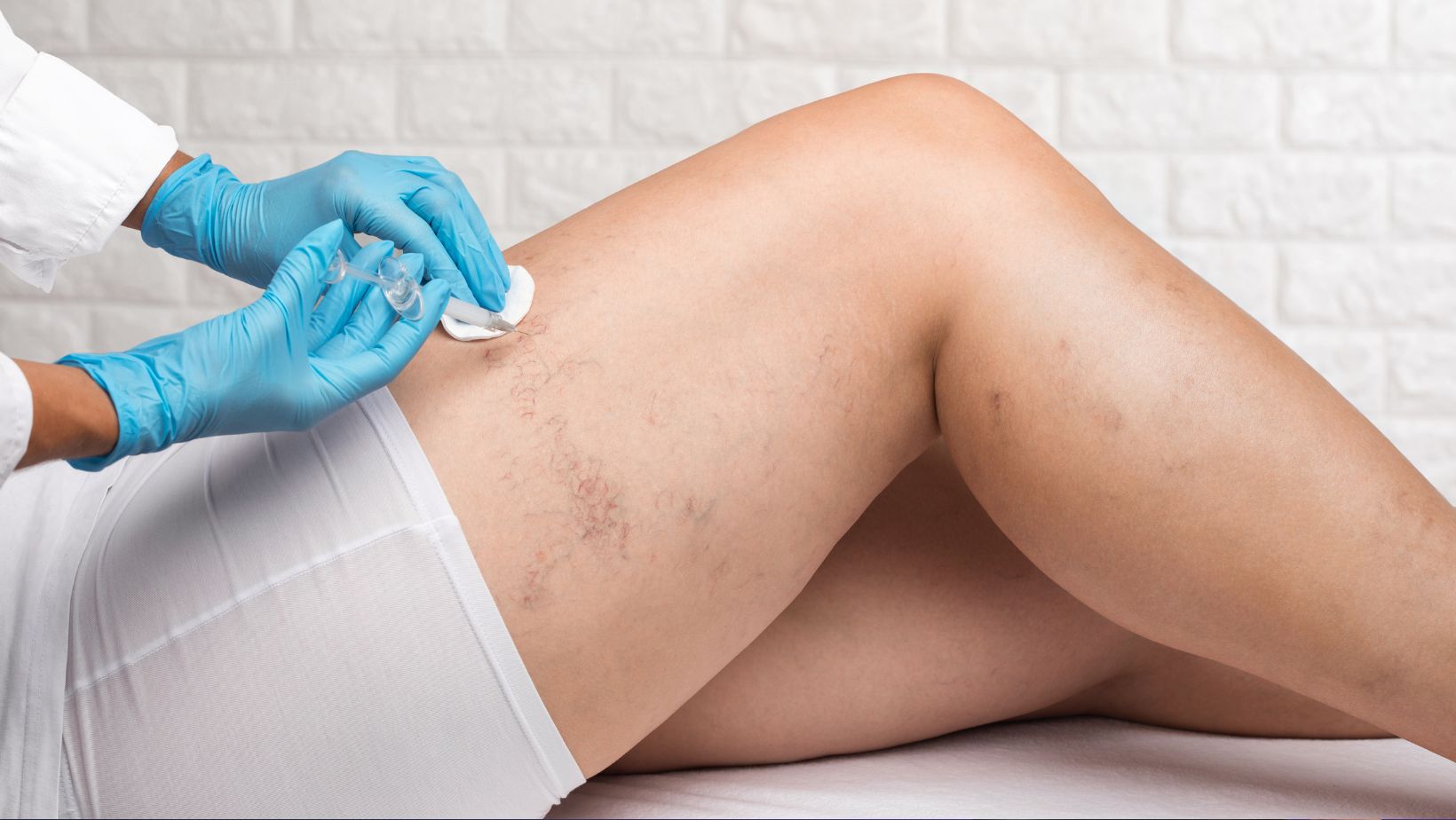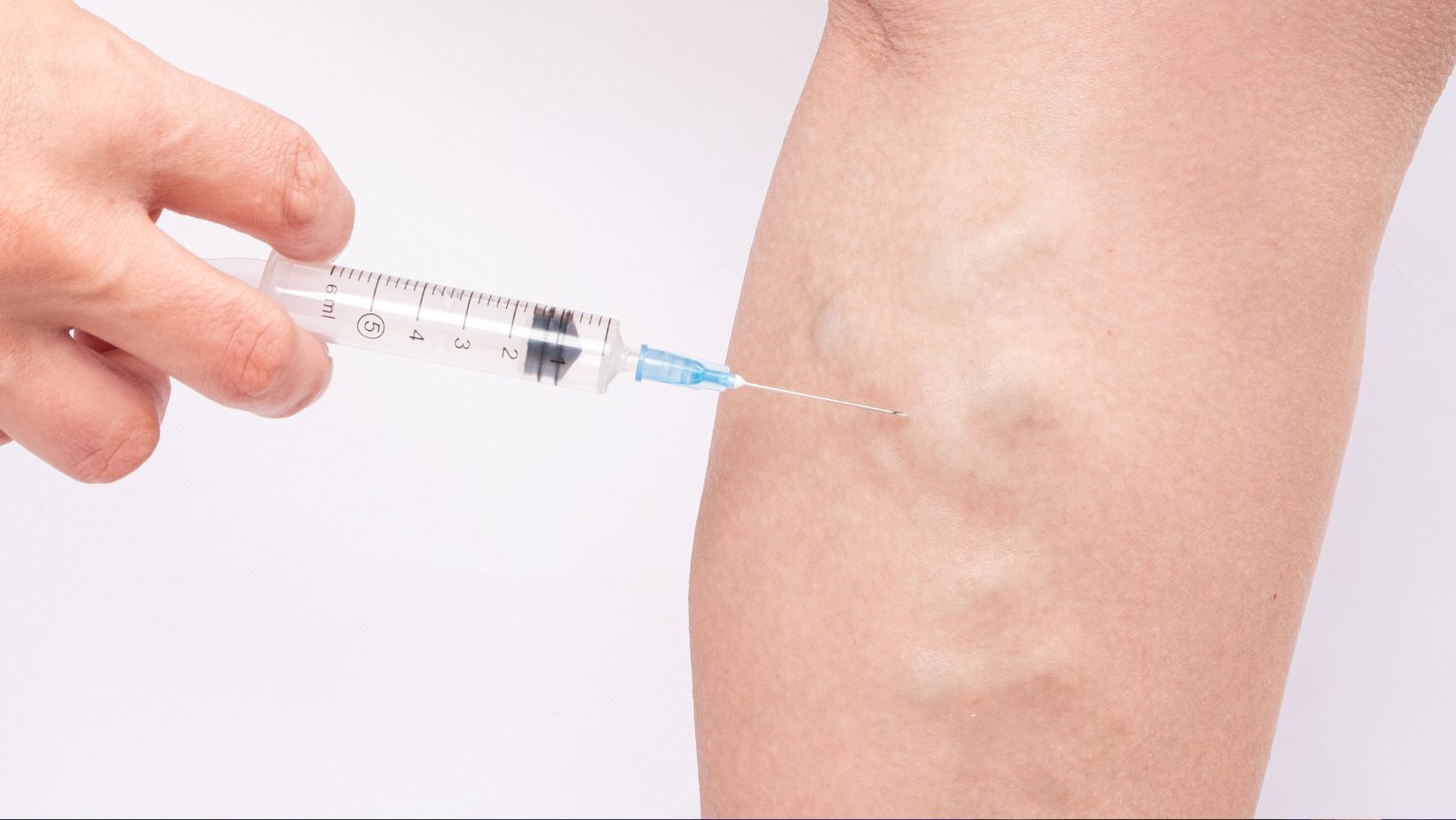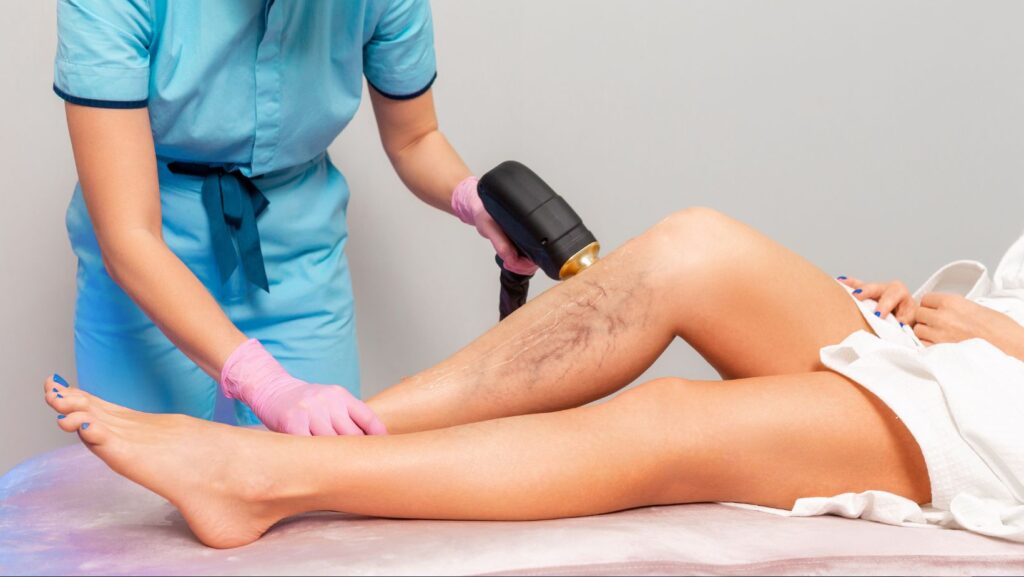Varicose veins, commonly found in the legs, develop when valves in veins become weak, allowing blood to pool in them and enlarge over time. Innovative treatments offer less invasive options that reduce recovery times while improving outcomes for those living with varicose veins, greatly improving quality of life for all affected individuals.
This article highlights recent advancements in varicose vein treatments, highlighting their benefits and how they enhance patient care.
Understanding Traditional Varicose Vein Treatment Options
Surgical Procedures
Traditional treatments for varicose veins often involved surgical interventions like vein stripping – wherein an affected vein was surgically extracted – along with hospitalization and general anesthesia as well as long recovery times afterward.
Limitations
Surgery treatments come with numerous restrictions, such as increased risks for complications, prolonged recovery times and significant discomfort for patients compared to more modern alternatives. As a result, surgery treatments become less attractive compared to modern solutions.
Transition to Modern solutions
Transition from Traditional Surgery Methods to Minimally Invasive Therapies is a significant breakthrough. New innovations like laser therapy and sclerotherapy provide safer, more effective, and quicker solutions for varicose veins than ever before.
Non-Invasive and Minimally Invasive Solutions for Varicose Veins
Endovenous Laser Therapy (EVLT)
Endovenous Laser Therapy (EVLT) is an advanced, minimally invasive procedure used to treat varicose veins. A thin fiber is inserted into each affected vein, emitting laser energy which heats and seals it before being naturally reabsorbed by the body over time. EVLT is performed under local anesthesia, so patients can quickly return to daily activities with little discomfort. For personalized advice and treatment, consider consulting a vein specialist in Frisco to determine if EVLT is right for you.

It has gained great popularity because of its high success rate, minimal discomfort levels, and reduced recovery time when compared with traditional surgeries compared with conventional surgery methods.
Radiofrequency Ablation (RFA)
Radiofrequency Ablation (RFA) is another minimally invasive solution to varicose veins. Similar to EVLT, RFA uses a catheter inserted directly into a vein; however, instead of laser energy being employed during RFA treatment, radiofrequency energy is employed instead to heat and collapse it, eventually being gradually absorbed by the body over time. RFA can be particularly beneficial when treating larger varicose veins; less bruising occurs and quicker recovery rates occur with less discomfort throughout or post procedure, making RFA an appealing alternative option among many patients.
Sclerotherapy
Sclerotherapy is an established procedure which involves injecting a solution known as sclerosant directly into varicose or spider veins to cause them to collapse and eventually absorb back into the body. Sclerotherapy is frequently used for smaller varicose and spider veins and often provides quick outpatient results with no downtime after multiple sessions are administered; many find sclerotherapy appealing due to its ease and effectiveness at improving appearances as well as alleviating symptoms.
VenaSeal Closure System
The VenaSeal Closure System is an innovative non-thermal, non-tumescent method for treating varicose veins without heat or anesthesia. A medical adhesive seals off diseased veins through catheter, gradually being absorbed by your body over time and leaving no discomfort or bruising behind – recovery is quick and patients can resume regular activities almost instantly following this treatment option.
ClariVein
ClariVein is an innovative treatment for varicose veins that combines mechanical and chemical approaches to seal off problematic veins. A rotating catheter inserted into a vein delivers a sclerosing agent to close it off without the need for heat or anesthesia, making it less painful while speeding recovery time. ClariVein’s minimally invasive nature, quick procedure time and lower risk of complications make it an attractive option compared to more traditional procedures.
Transdermal Laser Therapy (TLT)
Transdermal Laser Therapy (TLT) offers an innovative non-invasive solution to treating varicose and spider veins without incisions. TLT relies on laser energy delivered directly into the skin to target and collapse veins without resorting to incisions; instead, its heat causes the vein to gradually fade over time as its body absorbs it over time. TLT’s popularity among patients seeking non-invasive options makes this an attractive treatment method; multiple sessions may be required but recovery times will typically be minimal.
Innovation Advantages (Part One, Two and Three).
Reduced Recovery Time
Advancements in varicose vein treatments have greatly shortened recovery times for non-invasive and minimally invasive techniques, enabling patients to resume daily activities much sooner compared to traditional surgery. Faster recoveries make these treatments especially attractive to busy individuals living physically demanding lifestyles.
Lower Risk of Complications
Modern varicose vein treatments come with reduced risks of complications, including infection and excessive bleeding. These advanced methods minimize trauma to the body for faster healing time and are therefore safer and more cost-effective solutions for patients seeking treatments.
Increase Comfort and Convenience Now
Innovative treatments prioritize patient comfort and convenience. Procedures are usually performed under local anesthesia for maximum comfort, taking less than an hour to complete and allowing patients to resume their normal activities with minimal interruption in their schedules.
Improved Accessibilite
Modern advances in varicose vein treatments have expanded accessibility of effective solutions for more people suffering from varicose veins, making treatment less invasive and more affordable – giving more people access to treatment that improves overall quality of life.
Future Trends to Keep an Eye Out for
Customized Treatment Plan
Future varicose vein treatments will increasingly emphasize tailored care. By creating personalized plans tailored specifically to individual patients based on their health needs and conditions, physicians will be better able to offer more targeted interventions with greater effectiveness resulting in enhanced patient satisfaction.
AI and Robotics in Healthcare Delivery.
Artificial Intelligence (AI) and robotics could transform varicose vein treatments. With these technologies at our fingertips, treatments could become more precise, efficient, less error prone, more accessible and diagnostic. AI may even aid in diagnosis and personalized treatment planning!
Ongoing Research
Researchers continue to explore new treatments for varicose veins, using innovative materials, techniques, and technologies.

Their goal is to improve patient outcomes while decreasing complications and creating less invasive options – with continuous advancements anticipated over the coming years.
Conclusion
Recent innovations in varicose vein treatment such as EVLT, RFA, and VenaSeal provide several significant advantages over older methods for managing varicose veins, including reduced recovery time and lower complication risks. Patients should consult healthcare providers when exploring these treatments further. Likewise, ongoing research and technological innovations promise promising futures of care – these advances make managing varicose veins both effective and patient-friendly.
